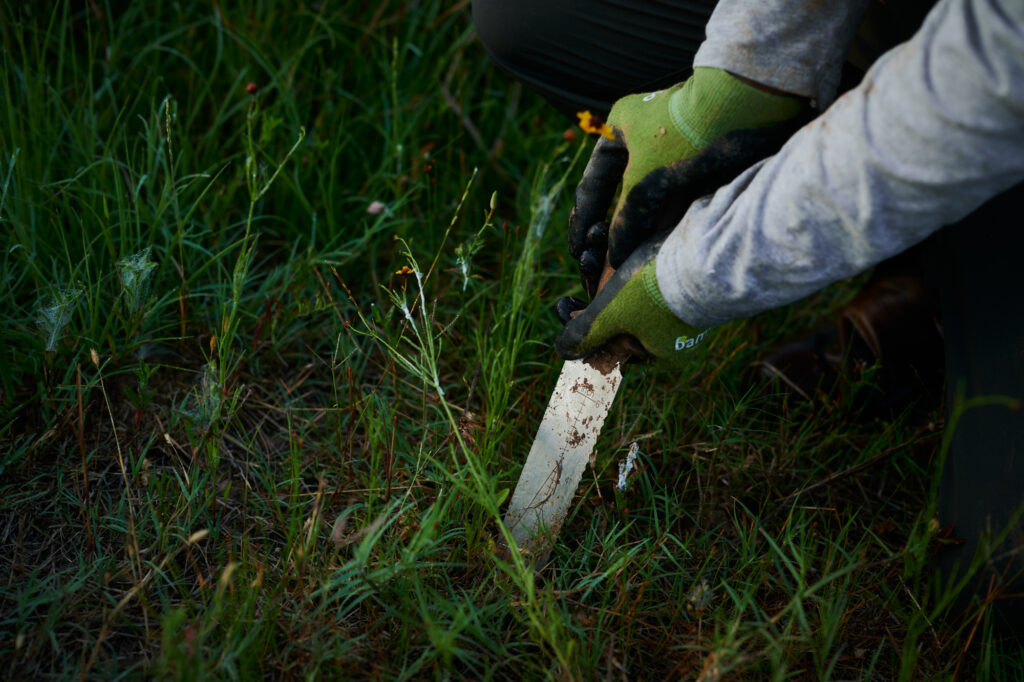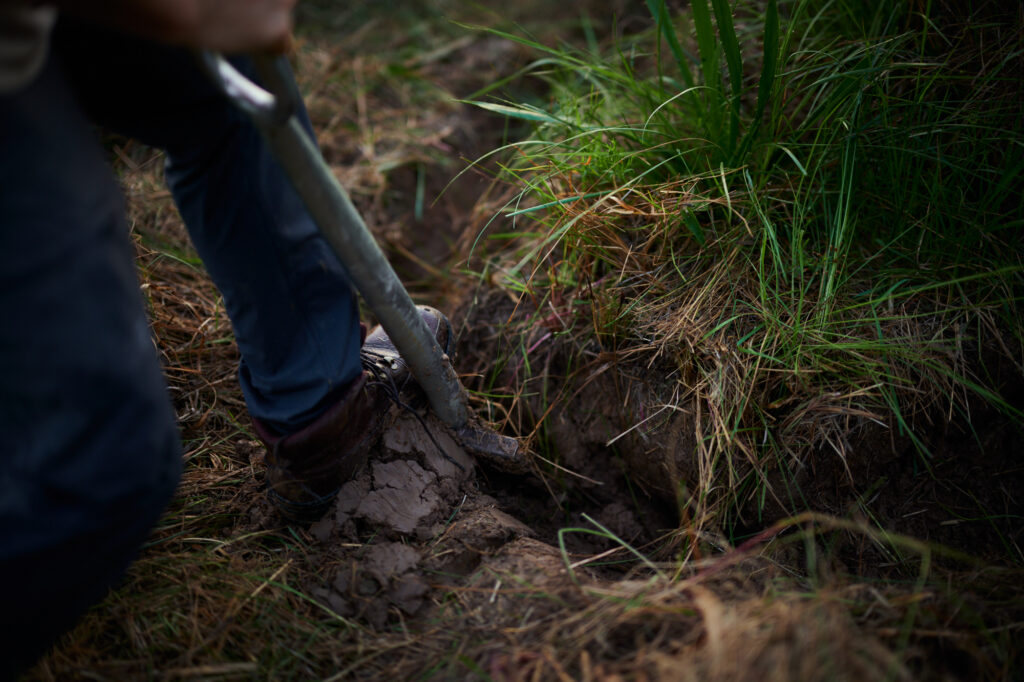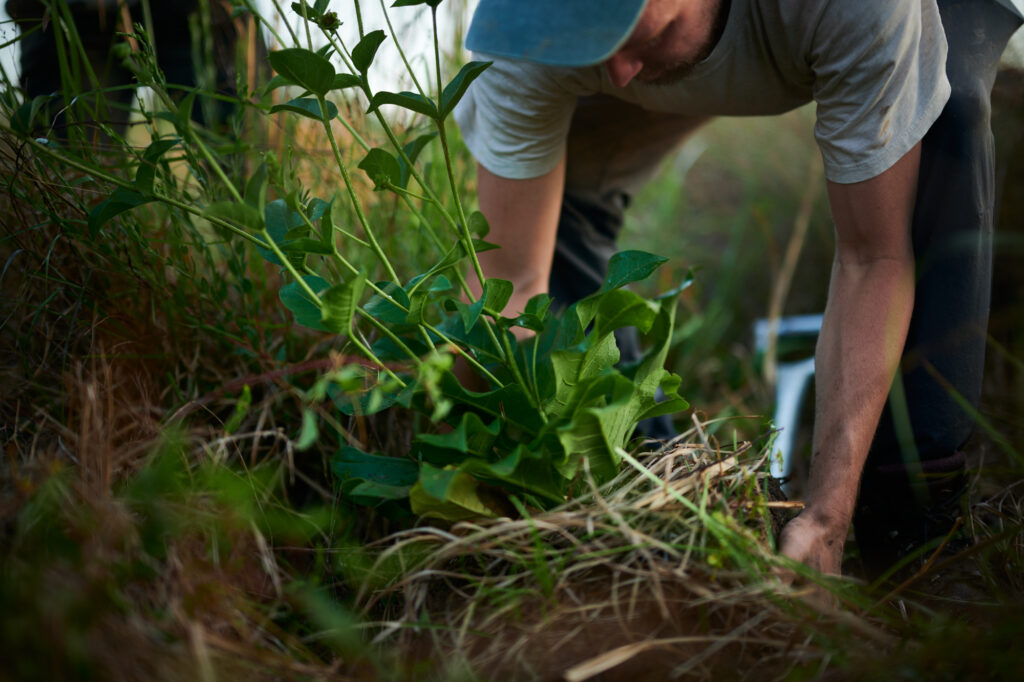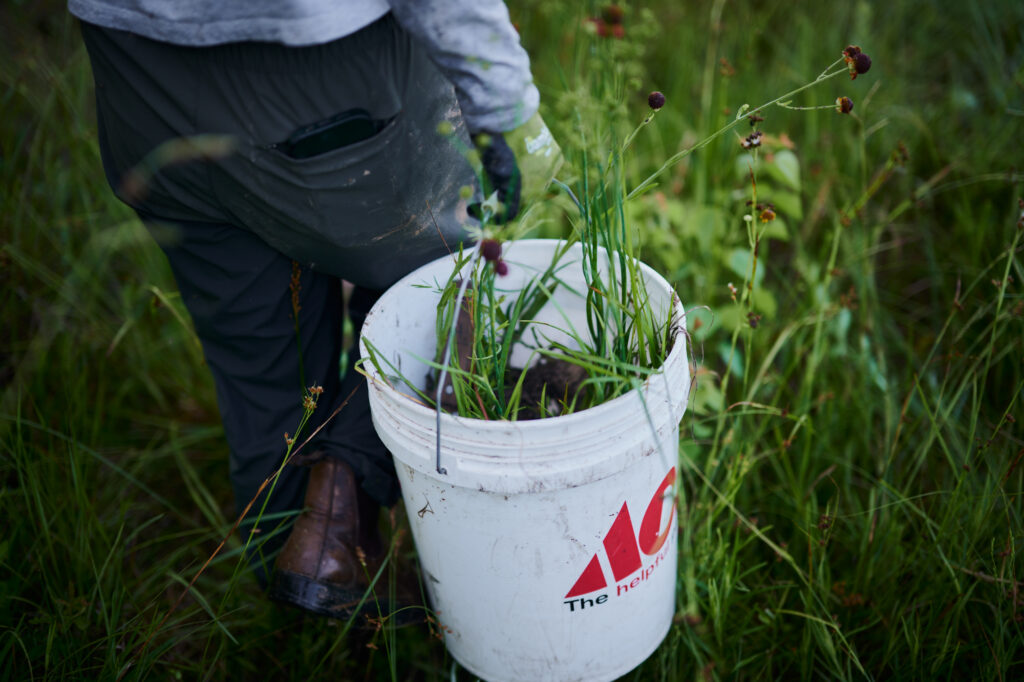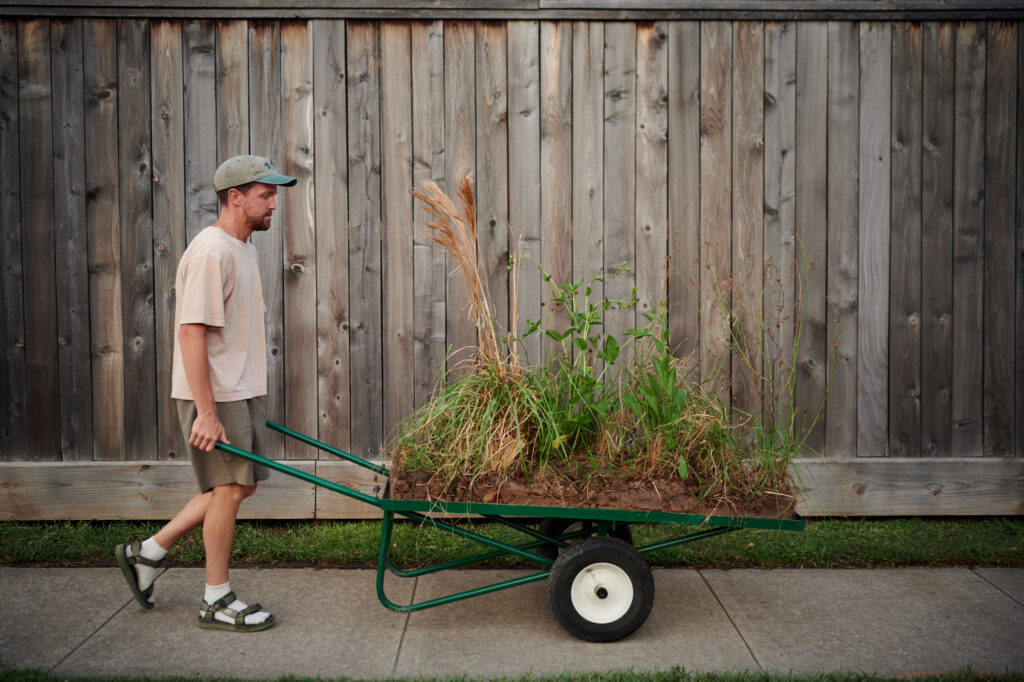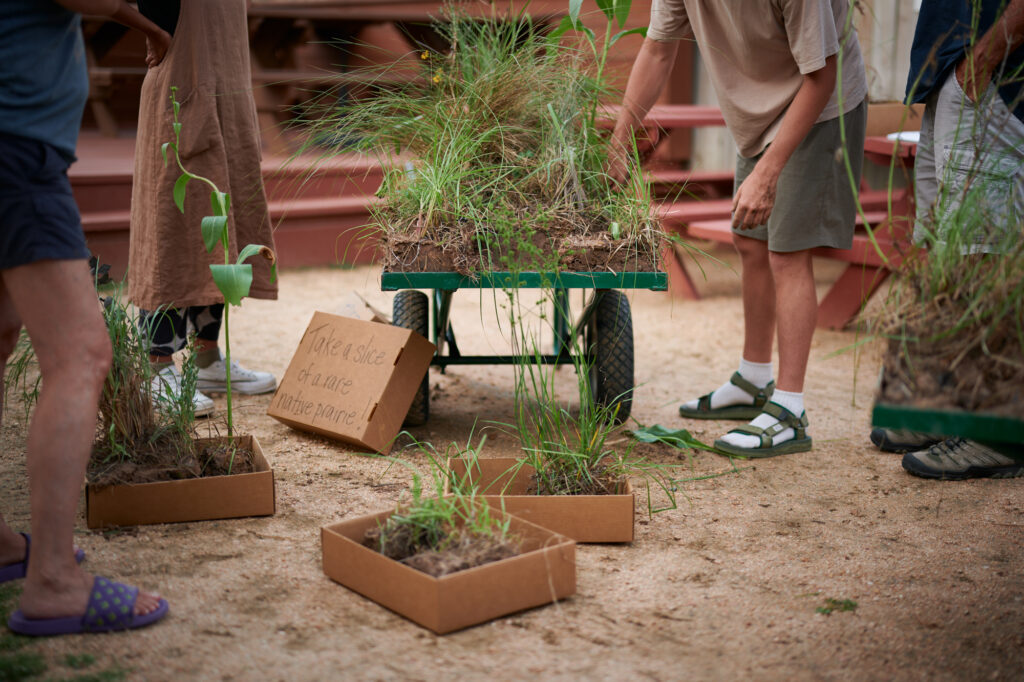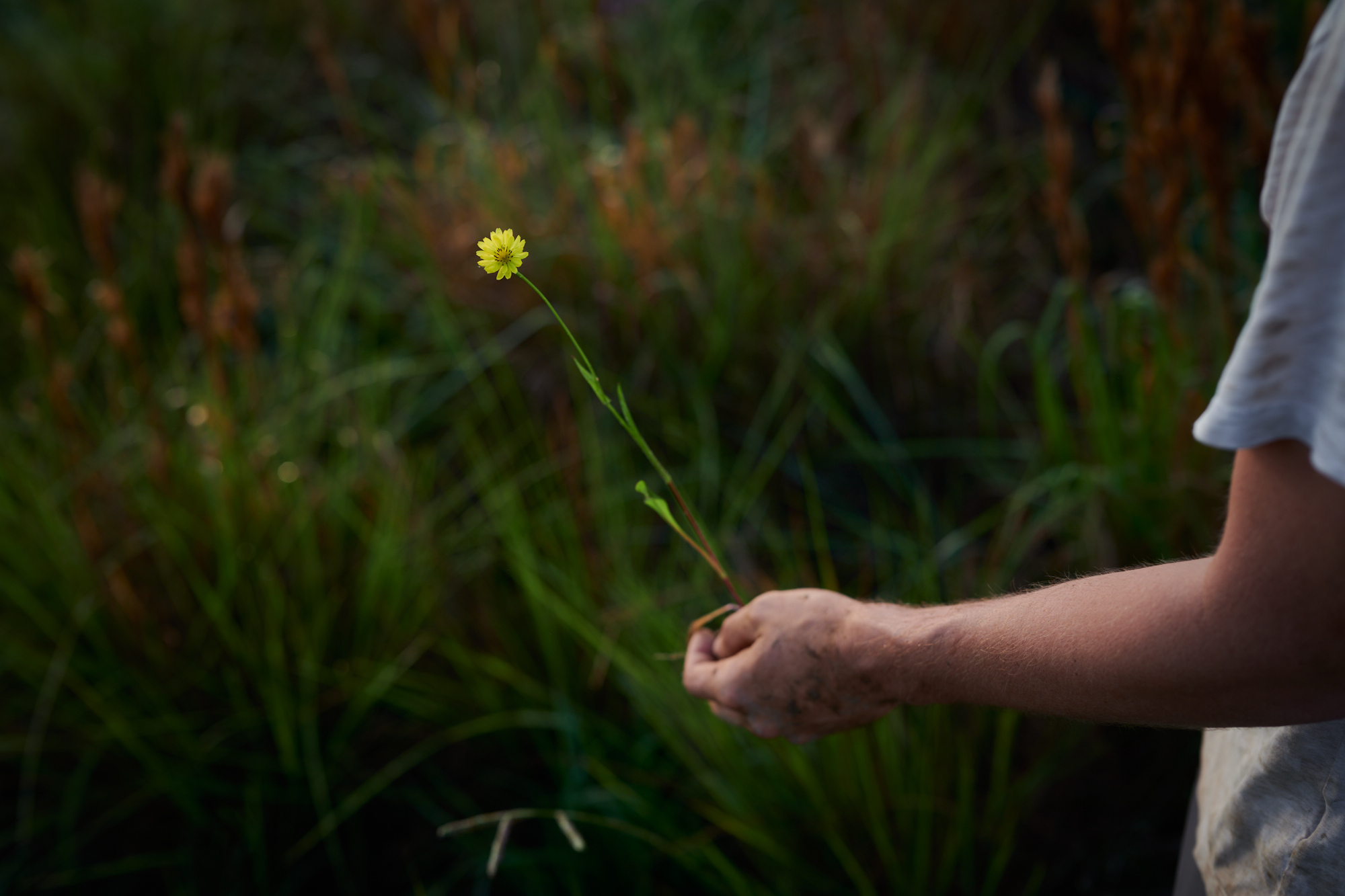
Manmade in Nature’s Image: Lessons in Landscape Architecture with Dept.
By Jake Eshelman
Sign up for our monthly newsletter!
Advancements in architecture and city planning are often celebrated as defining milestones in human civilization. The pyramids of Giza, the Colosseum, the Great Wall of China, The Taj Mahal, Machu Picchu, Ur; these and countless other architectural achievements around the world form some of the foundational cornerstones of human history and cultural heritage. But how might we evaluate—or, better yet, enrich—these built spaces, structures, and environments from an ecological perspective rather than just a human one?
This is the realm of landscape architecture, which despite its disarmingly straightforward nomenclature nonetheless operates through a different purview than most people realize. Ask anyone on the street and most people will tell you that landscape architects decorate outdoor spaces with plants. While this can be true, the design process is vastly more dynamic, nuanced, and complex. In reality, landscape architecture is the art and discipline of designing, stewarding, and cultivating both built and natural spaces, whether they’re residential, commercial, or public in nature. As such, it’s an inherently interdisciplinary practice that bridges the generative, yet often-neglected interrelationships between architecture, ecology, urban planning, and environmental conservation, just to name a few.
To learn more about the role, nature, and potential of taking a systems-based approach to human-built environments, I had the pleasure of sitting down with landscape architects Maggie Tsang and Isaac Stein to discuss how placing ecological principles at the heart of the design process can encourage more successful structures and spaces for everyone—not just us humans. I hope you enjoy our conversation as much as I did.

JE: I of course already have the benefit and privilege of knowing you, but for readers who aren’t yet familiar with your work, would you mind introducing yourselves?
MT: Of course. We are Maggie Tsang and Isaac Stein, cofounders of Dept., which is a landscape architecture and urban design studio based in Houston, TX. As landscape and urban designers, we work on projects at a range of scales from small gardens to large parks and urban plans; but in general, our focus is designing landscapes that respond to social and ecological contexts and that prioritize the public and the environment.
JE: One of the things I admire most about your work is that it encompasses so many aspects of our collective relationship between nature and built environments. That’s quite a complex issue in and of itself. What was it that drew you to pursuing this kind of work?
MT: I was trained as an architect and was always drawn to the complexity of urbanism and landscape and their relationship to broader social, economic, and political contexts. I think what drew me specifically to landscape architecture was the fact that it requires thinking through dynamic systems across multiple scales.
IS: My dad was a site contractor, so from an early age I was exposed to what it meant to work with the ground and the ‘natural’ environment. I also got to see the immediate and long-term effects of constructing a built environment. Like Maggie, I was trained as an architect, and throughout architecture school, I was interested in everything except the buildings (the ground, the street, the landscape, their relationships over time)—and in my first job out of college I switched to Landscape Architecture and haven’t changed since. Also, I grew up next to a state park in a relatively rural area, which has become one of the fastest growing regions in the country, so that has also influenced my interest in the relationship between the built and natural environments.
“Given the drastic physical transformation of our urban areas, biodiversity and prairie ecosystems may never return to their previous state, but we want to imagine how they can adapt, morph, and look different in the future.”
— Maggie Tsang
JE: We first had the opportunity to work together during your Remnant Nursery project. Could you share a bit about what that work is and how it came about?
MT: Yes! We love talking about that project. [laughter] We were lucky to win the Architectural League of New York’s League Prize in 2022, which was based on the theme “Grounding.” As part of the award program, we were commissioned to develop an installation for an online exhibition. We wanted to create a living installation and we wanted to tell the story of a landscape or environmental process aspart of the exhibition, rather than create a static object, and we were also very excited to collaborate with you to document that process.
IS: I’ll also add here that the project emerged because at the time, we were getting to know several prairie stewards in the Houston area, and we had gone on a couple of seed collecting trips with them to native prairies in the region. These prairies are part of a broader conservation program with the Coastal Prairie Conservancy and are important landscapes that are home to some amazing species of plants that are extremely localized to the Houston area.
JE: So in addition to working intimately with the threatened plant species unique to the Gulf Coast, it was also an opportunity to work with the broader conservation community as a whole.
MT: Exactly. This community of stewards is very dedicated to protecting and cultivating this region’s endemic Gulf Coast prairie, and they have been incredibly welcome and generous with us. As you know, Houston is an enormous and rapidly urbanizing, sprawling region. It continues to grow and expand at its periphery with tract development after tract development, razing and homogenizing the once vast and extremely biodiverse Gulf Coast prairie. One of the stewards we were volunteering with made us aware of a site that she learned was going to be redeveloped as a gas station and strip mall. So she invited us to collect seed from the site, but also to perform a plant rescue.
IS: Because it was going to be imminently developed, we were allowed to take some plants from the site—and that is how the idea for the Remnant Nursery developed. It was an idea for a temporary nursery or installation that would help redistribute these endemic plants to urban areas of Central Houston.
JE: Remnant Nursery covers a lot of ground for me. It explores the tensions between progress and maldevelopment. It looks at ideas surrounding land-use change and even land access. And ultimately, I think it shines a light on our collective value system—in other words, the instances in which we privilege the right to build new gas stations and apartment buildings instead of preserving the endemic plant species who lay the foundation for the entire ecosystem. In your experience, are these sorts of ethical considerations generally part of conversations surrounding landscape architecture and urban design, or is this something that could be encouraged more by projects like Remnant Nursery?
MT: This is an important topic for us. In our design practice, and in landscape architecture more broadly, we try to acknowledge the challenging contexts and sites we work in, rather than romanticize the idea of “nature,” or a return to some past condition. Many of the environments we work in are already extremely altered, distorted, or damaged in some way from human impact – and are also part of much larger social, economic, ecological systems. In that context, and because we are designers, we are drawn to messiness or hybridity of our sites. For example, Remnant Nursery argues less for the conservation or protection of the remnant prairie and more for the mobility of plant species through the infrastructure of the nursery: the collective action of sharing, cultivating, and growing. We recognize that given the drastic physical transformation of our urban areas, biodiversity and prairie ecosystems may never return to their previous state, but we want to imagine how they can adapt, morph, and look different in the future.
“Landscape architects are designers of complex living systems and infrastructures at various scales and times: working not only with plants, but also with hydrology, geology, and ecology. And that makes us uniquely capable of addressing the impacts of climate change.”
— Isaac Stein
JE: What impact did this project have on you? Did your experiences saving and distributing these endemic plants influence how you pursue other projects, solve design challenges, or even just think differently about what you do?
MT: I think the project challenged us to think about relationships of scale, which is a recurring theme in our work and research. The temporary nursery is a small, community-based idea, but has the potential for a broader impact. The hope is that through rehearsing this act of plant rescues, we can imagine alternative methods of community seed banking, as well as enriching biodiversity and cultivating habitat in unexpected places.
IS: The project is also a way to acknowledge how much nurseries and growers do to direct the future of our landscapes. The nursery business is not an easy one, and many of the choices growers make are based on profitability, like the ease of germination, shelf life of seeds, quickness of growth of product, and so on. These decisions aren’t necessarily made thinking about the benefits their products could provide to the ecosystem. This project has really increased our respect for all the small and large growers who take that extra step to help provide the seed, plants, and living matter that help tend our ecosystems.
JE: What is your hope for landscape architecture? Do you feel like the discipline and the conversations surrounding our built environments are evolving in the right ways?
IS: We think so; landscape architecture is a relatively small profession. It is a special field because it is inherently interdisciplinary: people come to it from the natural sciences, from art and other design disciplines, and from the humanities. Landscape architecture is sometimes misunderstood as only choosing plants and designing planting plans, but the reality is that landscape architects are designers of complex living systems and infrastructures at various scales and times: working not only with plants, but also with hydrology, geology, and ecology. And that makes us uniquely capable of addressing the impacts of climate change.
MT: What landscape architecture teaches us is that design is not a static act of implementation or imposition. We can’t design fixed ideas because our medium is dynamic and living: the design of landscape is the design and choreography of processes and relationships over time, I think we could do a better job of advocating for this.
JE: One of the strengths, I think, of ecological activism is that it doesn’t necessarily have to look like activism. It can be something as simple as planting a garden or prioritizing native plants in our outdoor spaces. In your opinion, what can everyday people do to enrich their personal relationship with plants—or natural spaces in general?
MT: Go outside. Go for a walk. That sounds stupid, but we draw so much of our design ideas from just closely observing the environments around us. I think we need to stop reducing plants to objects or even anthropomorphizing them, and instead understand plants as relational; tied to larger systems and ecological communities. Just remember that there are around 435,000 known land plants species and just one species of human.
JE: On a slightly similar note, where can people learn more about—and even support—your work?
IS: The most accessible way is to visit our website at dept.llc. If you’re ever here in Houston, we also have an experimental prairie garden at Rice University where we hold regular volunteer events and you can sign up at prairie-plots.com. But beyond us, visit your local parks and look closely, go on walks, help spread the seeds of endemic plants, and of course support your small business growers and nurseries who help proliferate diversity.
JE: Thanks so much, as always, for sharing your insights—and your work.
MT: Our pleasure!
About The Author
Beyond his role as the Contributing Editor of Ecological Thinking at Plantings, Jake Eshelman is a photo- based artist and visual researcher exploring the complex relationships between people and other-than- human beings. Working to transcend the notion that humanity is somehow separate from—or superior to—the natural world. You can learn more about his work on his website, Instagram, or LinkedIn.
Plantings
Issue 30 – December 2023
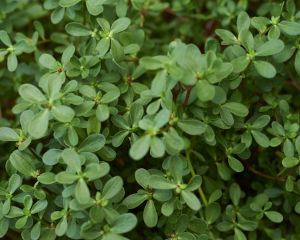
Viriditas: Musings on Magical Plants: Portulaca oleracea
By Margaux Crump
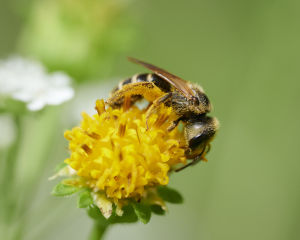
Proboscis, Pollen, and the Rapture of Interspecies Intimacy
By Jake Eshelman
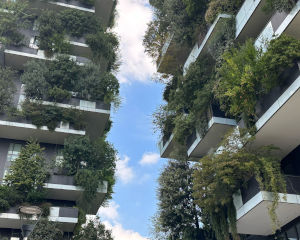
The Greening of Milan: Porta Nuova and Vertical Forest
By Gayil Nalls

Overshooting Earth’s Boundaries: An Interview with Bill Rees
By Rachel Donald
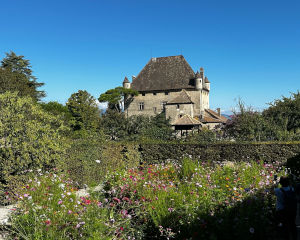
The Garden of the Five Senses
By Gayil Nalls

Eat More Plants Recipes:
Le Botaniste’s Fennel, Tomato, and Red Pepper Pasta Sauce

As Ireland transitions from the rich, smoky scent of peat-burning to a more sustainable future, its olfactory heritage is evolving. What will become the next iconic aromatic symbol of Ireland?
Click to watch the documentary trailer.


